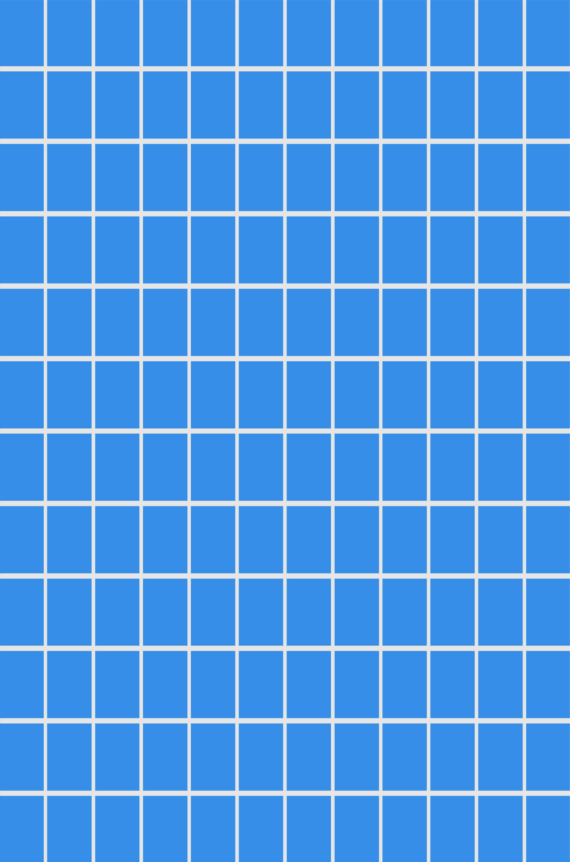Production postmortem: Your math is wrong, recursion doesn’t work this way

We got a call from a customer, a pretty serious one. RavenDB is used to compute billing charges for customers. The problem was that in one of their instances, the value for a particular customer was wrong. What was worse was that it was wrong on just one instance of the cluster. So the customer would see different values in different locations. We take such things very seriously, so we started an investigation.
Let me walk you through reproducing this issue, we have three collections (Users, Credits and Charges):
The user is performing actions in the system, which issue charges. This is balanced by the Credits in the system for the user (payment they made). There is no 1:1 mapping between charges and credits, usually.
Here is an example of the data:
And now, let’s look at the index in question:
This is a multi map-reduce index that aggregates data from all three collections. Now, let’s run a query:
This is… wrong. The charges & credits should be more or less aligned. What is going on?
RavenDB has a feature called Map Reduce Visualizer, to help work with such scenarios, let’s see what this tells us, shall we?
What do we see in this image?
You can see that we have two results for the index. Look at Page #854 (at the top), we have one result with –67,343 and another with +67,329. The second result also does not have an Id property or a Name property.
What is going on?
It is important to understand that the image that we have here represents the physical layout of the data on disk. We run the maps of the documents, and then we run the reduce on each page individually, and sum them up again. This approach allows us to handle even a vast amount of data with ease.
Look at what we have in Page #540. We have two types of documents there, the users/ayende document and the charges documents. Indeed, at the top of Page #540 we can see the result of reducing all the results in the page. The data looks correct.
However…
Look at Page #865, what is going on there? Looks like we have most of the credits there. Most importantly, we don’t have the users/ayende document there. Let’s take a look at the reduce definition we have:
What would happen when we execute it on the results in Page #865? Well, there is no entry with the Name property there. So there is no Name, but there is also no Id. But we project this out to the next stage.
When we are going to reduce the data again among all the entries in Page #854 (the root one), we’ll group by the Id property, but the Id property from the different pages is different. So we get two separate results here.
The issue is that the reduce function isn’t recursive, it assumes that in all invocations, it will have a document with the Name property. That isn’t valid, since RavenDB is free to shuffle the deck in the reduce process. The index should be robust to reducing the data multiple times.
Indeed, that is why we had different outputs on different nodes, since we don’t guarantee that will process results in the same order, only that the output should be identical, if the reduce function is correct. Here is the fixed version:
And the query is now showing the correct results:
That is much better ![]()
Woah, already finished? 🤯
If you found the article interesting, don’t miss a chance to try our database solution – totally for free!








